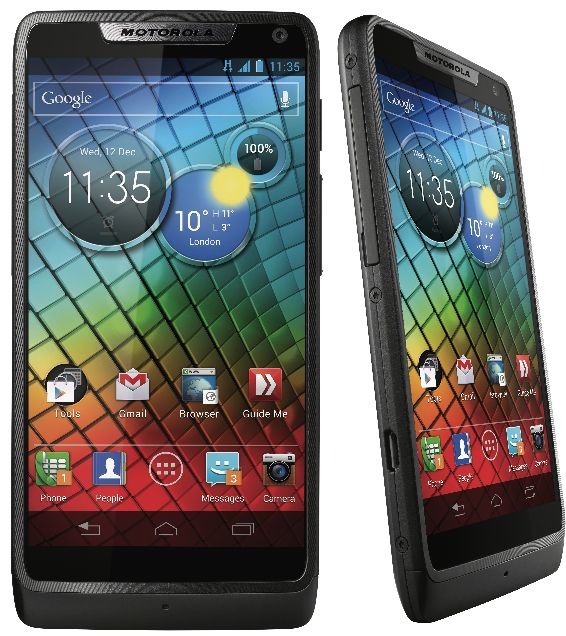
Google Chrome for Android update paves way for Motorola Razr i
Most smartphone users wouldn't know if their device packs an ARM or Intel processor. They would care, perhaps, if software doesn't run, particularly as the first Intel-powered devices reach the mass-market.
Google has updated Chrome for Android, to run on x86 processors, paving way for its own subsidiary, Motorola, to release Razr i, which packs a 2GHz Intel Atom powerhouse.

Intel and Motorola deliver the first 2GHz smartphone with Android-powered RAZR i
Motorola, which recently announced the Droid Razr HD smartphones as well as the Droid Razr HD Developer Edition, added a new smartphone to its line up -- the Razr i. In two color designs -- white and black, it bears an uncanny resemblance to the well-received Droid Razr M.
Unexpectedly, the star of the show is not the device itself, but rather Intel's Atom processor which makes it the first commercially available smartphone clocked at 2GHz. Just like the Droid Razr M, it comes with a 4.3-inch Super AMOLED Advanced display and, according to Motorola, a battery that is 40 percent more powerful than the competition. By competition, Motorola is referring to the year-old Apple iPhone 4S. On the back, there is an 8MP camera with an illuminated sensor and HDR (High Dynamic Range) capability, that can load in less than a second and can take 10 pictures using multi-shot mode, again, in less than a second as long as the display is not off.

Is Microsoft planning to ditch Intel post-Windows 8?
It's a radical thought. What if Microsoft is secretly planning to ditch Intel? With all of the recent talk about Windows RT "PCs", distinctions between the consumer roles associated with RT-based devices and the more traditional PC roles normally reserved for Intel-based systems have become blurred.
Suddenly, usage scenarios and form factors that were firmly part of Intel's territory are being encroached upon by a cornucopia of non-x86 Windows offerings. And cheering them all on is the chip maker's longtime comrade-in-arms, Microsoft. The Redmond, Wash.-based behemoth has been looking for a way out of the Wintel duopoloy for some time now, and the combination of increasingly powerful ARM designs and a tepid response to Intel's Ultrabook campaign has given the company the perfect opportunity to step out on its old partner.

California court says Oracle must support Itanium-based servers as long as HP does
Santa Clara County Superior Court on Wednesday ruled that Oracle is contractually obligated to port its software products to HP's servers that utilize the Intel Itanium platform, despite Oracle's move to drop support for the 64-bit server platform in early 2011.
Intel's Itanium first began losing software support in 2009, when Red Hat announced Enterprise Linux 6 would not include the architecture, and then in Spring 2010, Microsoft announced Windows Server 2008 R2 would be the last version of the operating system to support Itanium, which was characterized as the industry's first CISC-based multithreading architecture.

HP will use Intel Atom for first low power 'Moonshot' servers, but what about ARM?
Late in 2011, Hewlett Packard announced "Project Moonshot," an initiative to shrink data center size and energy consumption by using "hyperscale" low-power servers.
Initially, HP announced the project's low-power server design codenamed "Redstone" was based on Calxeda's ARM-based EnergyCore processors which used just 1.5 Watts of power per SoC. At the same time, ARM announced it was getting into the server business with its first ever 64-bit architecture. The excitement for ARM servers was high.

Is Intel Inside iPad, iPhone a pipedream?
Intel CEO Paul Otellini told investors this month that Apple could build its iPad and iPhone lineup on the Atom family of microprocessors any time it wants to. And he’s going to do everything in his power to make that prospect so enticing that Apple can’t refuse. Pipedream? Not hardly.
Now, I understand why some of you would consider this to be pure fantasy. Intel has been trying to pry its way into the smartphone and tablet markets for five years now, and until this year the company has had little to show for it.

Seagate begins its next big takeover: LaCie
American storage company Seagate announced on Wednesday its intention to become majority owner of French storage company LaCie by buying 64.5% of the company's shares from chairman and CEO Phillippe Spruch. Pending government approval of this transaction, Seagate will then buy up the rest of the outstanding stock in cash or commence a squeeze out maneuver of any minority stakeholders.
After he sells his stake, Spruch will become the head of Seagate's consumer storage products organization, above Patrick Connolly, who is currently Seagate's vice president and general manager of retail. Deputy general manager of LaCie Pierre van der Elst will also join the Seagate team. The financial terms of the new position for LaCie's CEO have not yet been determined.

PCs need model years, just like cars
Windows PC makers will start unveiling their first 2013 models from today. They are all desktops built around the maiden Ivy Bridge processors out of the chute, which Intel announced late this morning. Ivy Bridge is the working name for Intel’s 2013 models.
Intel decision-makers chafe whenever I refer to their processor generations as model years. In fact, executives throughout the PC ecosystem universally hate the term. They’d better all start embracing it, though. Because they’ll need to adopt a model-year mentality if they want to ensure continuing growth.
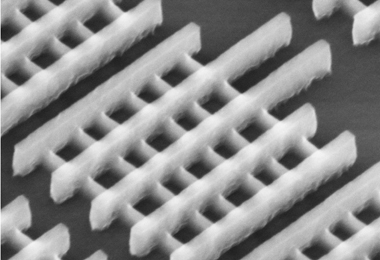
Intel's 'year of transitions' begins next week
Chipmaker Intel held steady in the first quarter of 2012, experiencing a dip in profits, but a very slight increase in revenue, beating the company's own expectations. Quarterly revenue was $12.9 billion, operating income was $3.8 billion, net income was $2.7 billion and earnings per share was $0.53.
"Q1 was a solid quarter and provides a great setup for year of important transitions based upon a foundation of growing process technology leadership," said Intel CEO Paul Otellini in the company's earnings call Tuesday evening.

The Cloud, Big Data and connected devices lift Intel semiconductors sales
For all the talk about the post-PC era and rise of alternate chip architectures, Intel defies gravity's pull. The microprocessing giant's dominance grows stronger, not lesser, which is strange juxtaposition to analyst predictions about media tablets and smartphones running ARM processors ending the PC's decades-long supremacy.
This week, iSuppli reports that Intel's share of the semiconductor market reached its highest level in a decade, 15.6 percent, largely based on its core chip business. "Intel in 2011 saw its revenue jump by 20.6 percent", Dale Ford, head of iSuppli Electronics and Semiconductor Research, says. "This outpaced every other semiconductor supplier in the Top 20 with the exception of Qualcomm Inc. and ON Semiconductor, both of which also saw exceptionally high levels of growth based on a combination of organic expansion and key acquisitions".

Intel rises to the cloud
Cloud computing presents both challenges and opportunities for personal computing giants. Microsoft is "re-imagining" Windows for cloud-connected devices. Meanwhile, Intel rethinks its microprocessor strategies for mobile devices and servers, seeking to embrace the cloud at both ends of the consumption supply chain. For these incumbents that defined the personal computing era, the post-PC era future requires leaping from the past, not clinging to it.
Where the "Wintel" marriage is likely to remain strongest is the server. Microsoft's post-PC -- what I call cloud-connected device -- strategy is two-fold: Providing direct, hosted services or applications businesses can host internally and expanding Windows' support for additional chip architectures. For its part, Intel develops microprocessors for more device categories, while optimizing server chips for cloud applications and services, such as the recently announced Xeon processor E5-2600 product family.
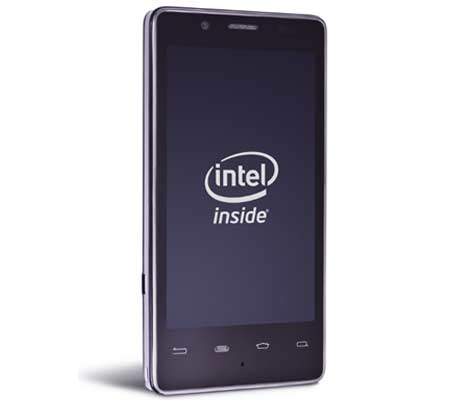
Intel deals a preemptive strike on Android-on-x86 battery optimization
Chipmaker Intel is still on the cusp of making its big entry into the consumer smartphone business, but at the Mobile World Congress in Barcelona today, the company is providing a look at some of its advancements in the field, including the first real-time graphics performance and power analysis tool suite for Medfield that will be spotlighted at the Game Developers Conference in a little more than one week's time.
The Intel GPA System Analyzer is a developer tool that can capture real-time metrics of Android games and apps running on the Medfield processor, with the ability to switch between different rendering scenarios in the app (wire frame only, no alpha, textures only, rendering distance, different resolutions, etc.) to optimally tune it for best performance.
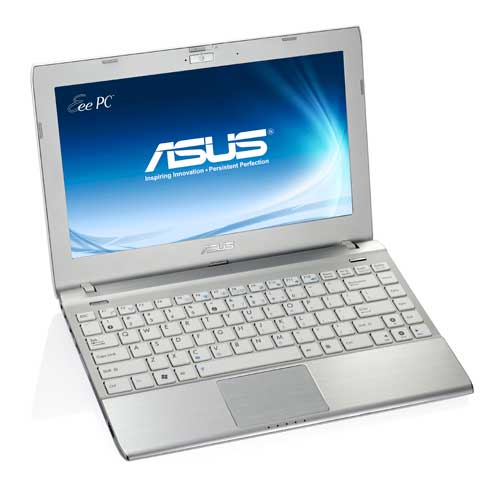
Netbook's Not Dead: Intel's third-gen Atom processor ships
Leading PC chipmaker Intel announced this week that its third generation Atom mobile processor, formerly code-named "Cedar Trail" is now available, and that systems using the platform will be available in early 2012.
Though Intel is concentrating on "ultrabooks" (i.e. thin and light notebooks with at least a 10" screen) as the latest growth platform for PCs, the company is not letting netbooks disappear just yet; and these Atom chips are smaller and less power consumptive.

Intel expects $1B less revenue: cites hard drive shortage, Thai floods
Leading Semiconductor company Intel lowered its fourth quarter earnings outlook on Monday, blaming global supply chain disruptions that have risen from catastrophic floods that have plagued Thailand since last July.
Even though Intel expects the sale of personal computers to be up sequentially this quarter, the severe flooding in Thailand has caused a hard disk supply shortage, which has in turn slowed the demand for processors.
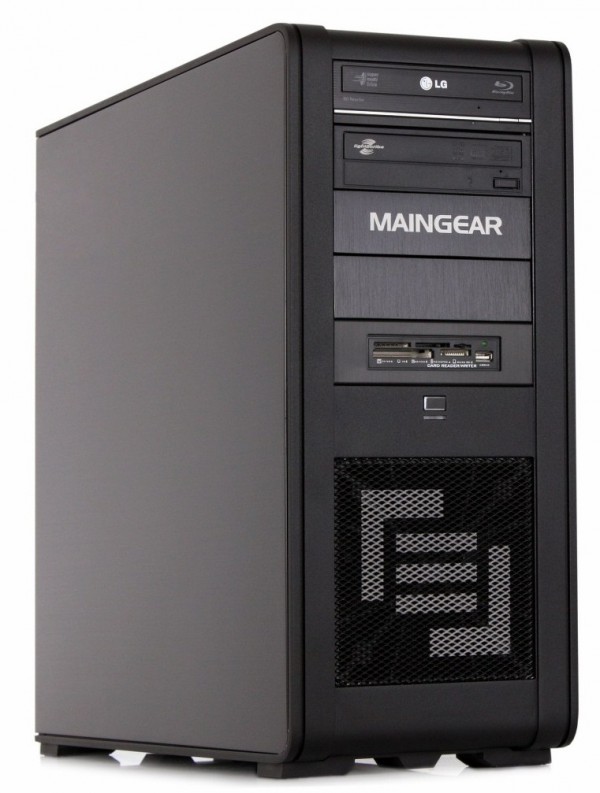
Intel debuts six-core Sandy Bridge 'Extreme' CPU, Maingear first to launch
Intel pushed the speed envelope on its Sandy Bridge-based Core processor line Monday, debuting its new six-core Core i7-3960X Extreme Edition flagship CPU. The chip runs at a speed of 3.3GHz, although using less cores through Intel Turbo Boost technology can clock as high as 3.9GHz. In tandem with the announcement, Maingear updated its Shift and F131 systems to use the chips.
Intel markets the 'Extreme' lineup of chips to enthusiasts: hardcore gamers, programmers and the like. These consumers will pay a premium for their hardware and expect flexibility. Intel provides it through unlocking, allowing the enthusiast to overclock.
